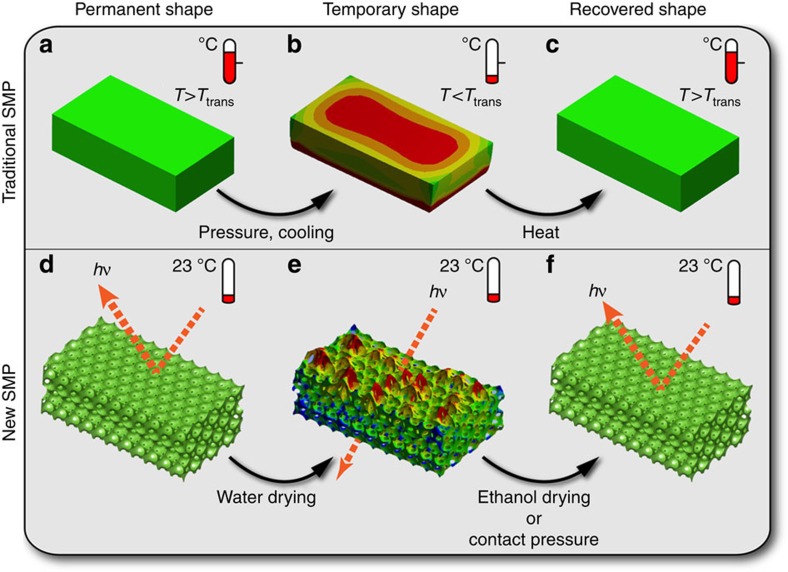Figure 1. Schematic illustration compares different SM effects.
(a) A traditional thermoresponsive SMP sample can be deformed into a temporary shape by a ‘hot' programming process (at a temperature above a specific Ttrans). (b) The temperature is cooled below Ttrans to ‘freeze' in the temporary shape. (c) The recovery of the permanent shape can be triggered by applying heat (T>Ttrans) to the strained SMP sample. (d) A thin (a few micrometres thick) macroporous SMP photonic crystal with 3D ordered macropores (permanent shape) shows strong Bragg diffraction of visible light. (e) The ordered macropores can be deformed to a disordered structure (temporary shape) with no Bragg diffraction induced by an autonomous ‘cold' programming process (water drying) at ambient conditions. (f) The nanoscopic recovery of the permanent 3D photonic crystal structure can be stimulated by drying the sample out of ethanol or applying an external contact pressure.

